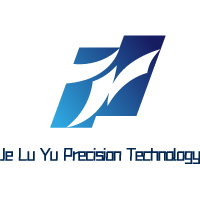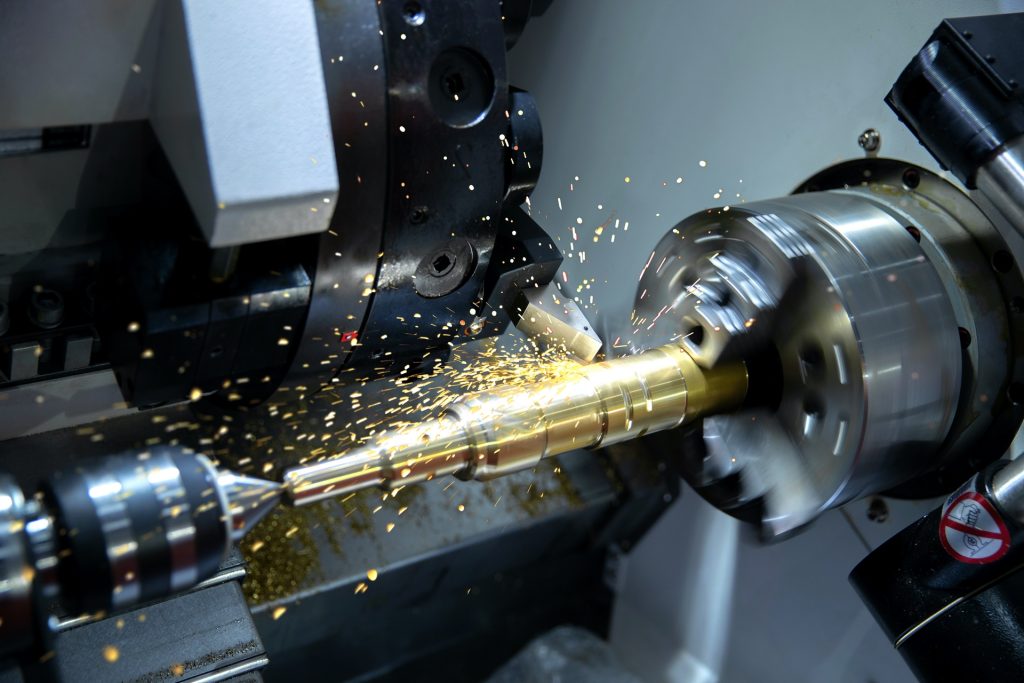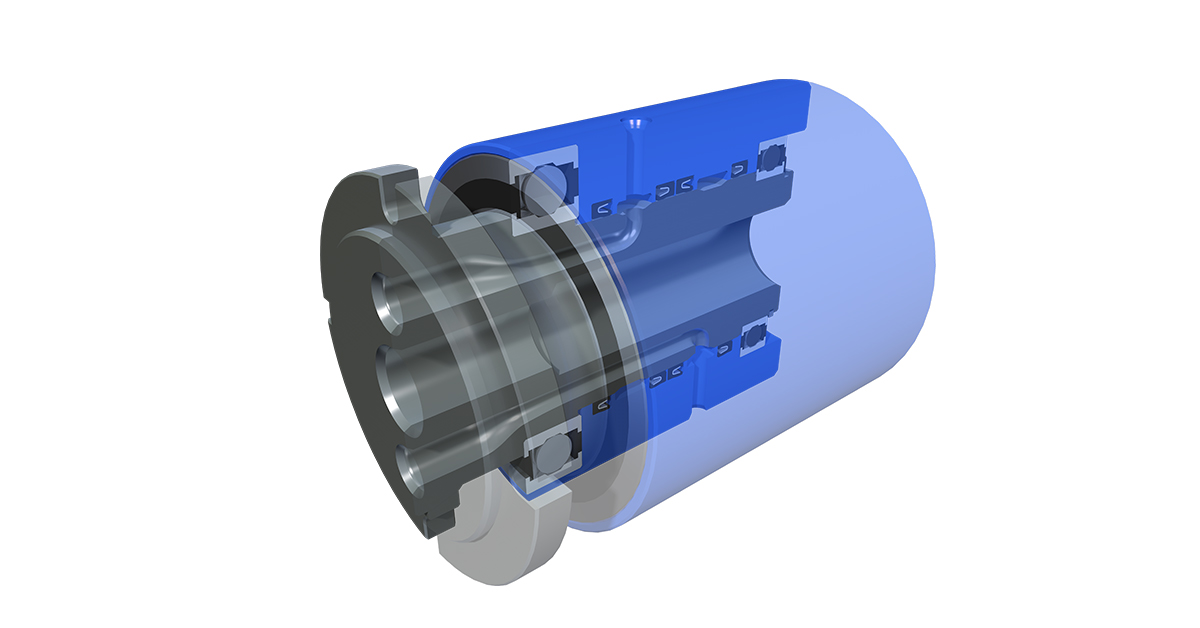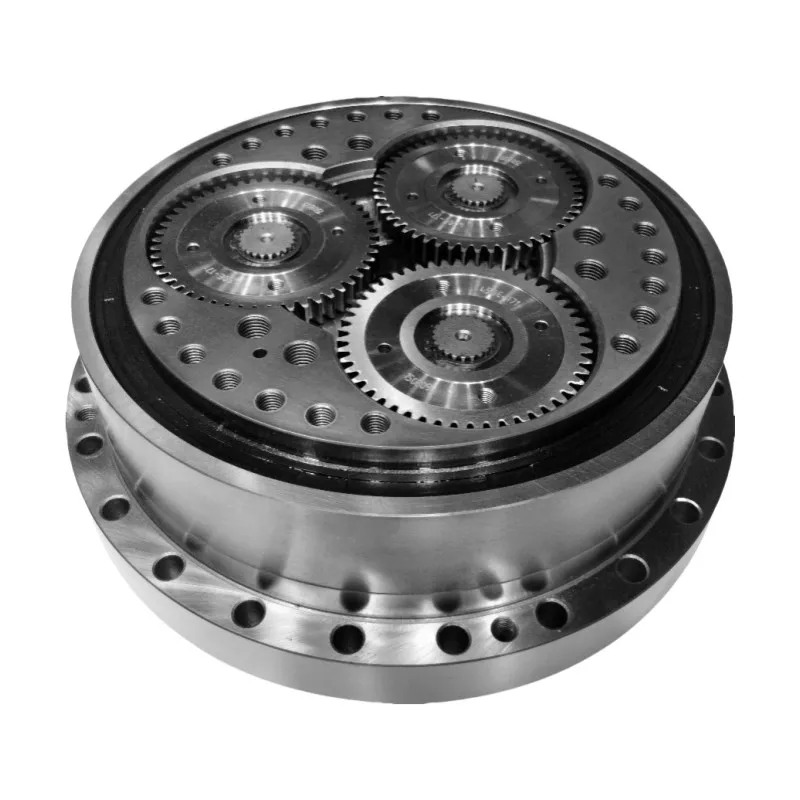Mastering High Volume Precision CNC Production Runs: Engineering Excellence at Scale
In today’s competitive manufacturing landscape, the ability to produce thousands of precision components with unwavering consistency separates industry leaders from the competition. High volume precision CNC production runs represent the pinnacle of manufacturing excellence, where engineering expertise, advanced technology, and rigorous quality control converge to deliver exceptional components at scale. At JLYPT, we have perfected the art and science of high volume precision CNC production runs, combining state-of-the-art equipment with deep technical knowledge to meet the most demanding production requirements across industries.
This comprehensive analysis explores the sophisticated engineering methodologies, advanced manufacturing technologies, and quality assurance protocols that define world-class high volume precision CNC production runs. We examine how strategic implementation of automated CNC technologies, coupled with production engineering expertise and statistical process control, enables the manufacturing of precision components that maintain exceptional quality across production batches numbering in the tens of thousands.
The Engineering Foundation of High Volume Precision Manufacturing
Successful high volume precision CNC production runs require addressing multiple technical challenges simultaneously while maintaining economic viability:
Production System Design and Optimization
The foundation of effective high volume precision CNC production runs lies in production system engineering:
-
Production Line Balancing: Strategic allocation of operations across multiple workstations to optimize throughput while maintaining quality standards and minimizing bottlenecks
-
Tooling Management Systems: Comprehensive tool life monitoring, predictive replacement scheduling, and automated tool compensation to maintain dimensional stability
-
Thermal Stability Management: Control of thermal effects across extended production runs through environmental control, coolant temperature management, and strategic process pauses
-
Material Flow Optimization: Efficient handling of raw materials, work-in-progress, and finished components to support continuous production operations
Precision and Consistency Assurance
Maintaining precision across thousands of components demands rigorous engineering approaches:
-
Statistical Process Control (SPC): Comprehensive monitoring of critical dimensions using control charts and capability analysis to detect process trends before they exceed tolerance limits
-
Automated Metrology Integration: In-process gauging and post-process measurement systems providing real-time feedback for process adjustment
-
Machine Tool Monitoring: Continuous assessment of spindle health, axis positioning accuracy, and vibration characteristics to maintain machining precision
-
Environmental Control: Maintenance of stable temperature, humidity, and particulate conditions to minimize external influences on machining accuracy
Advanced Manufacturing Technologies for High Volume Production
The extraordinary requirements of high volume precision CNC production runs demand specialized manufacturing approaches and equipment capabilities:
Multi-Axis CNC Machining Centers
Our advanced manufacturing infrastructure supports the demanding requirements of high-volume production:
-
Integrated Automation: CNC machining centers with robotic work handling, automated pallet changers, and integrated material management systems
-
High-Speed Machining Capabilities: Advanced spindle technology supporting speeds exceeding 30,000 RPM with rapid traverse rates and minimized non-cutting time
-
Production-Oriented Design: Machines engineered for continuous operation with enhanced rigidity, thermal stability, and reduced maintenance requirements
-
Multi-Station Configurations: Specialized setups with multiple independent work zones enabling parallel processing of components
Advanced Tooling and Workholding Solutions
Specialized tooling and workholding form the foundation of successful high-volume production:
-
Production-Optimized Tooling: Specialized tool geometries, coatings, and substrate materials designed for extended tool life and consistent performance in specific materials
-
Automated Workholding: Hydraulic, pneumatic, and magnetic workholding systems enabling rapid clamping and unclamping without manual intervention
-
Quick-Change Tooling Systems: Standardized tooling interfaces and preset tooling reducing changeover time and maintaining positioning accuracy
-
Adaptive Fixturing: Modular fixture systems supporting rapid changeover between different components while maintaining precise location and repeatability
Production Methodologies for High Volume Precision
Different production volumes and component characteristics demand specialized manufacturing approaches:
Dedicated Production Line Configuration
For components with stable designs and extended production lifecycles:
-
Sequential Operations: Optimized arrangement of machining operations across specialized workstations with efficient material transfer between operations
-
Balanced Cycle Times: Strategic allocation of operations to maintain consistent throughput across all production stages
-
Integrated Quality Verification: Automated inspection integrated within the production sequence providing immediate feedback and process control
-
Preventive Maintenance Scheduling: Systematic maintenance activities planned around production requirements to maximize equipment availability
Flexible Manufacturing System Implementation
For components with evolving designs or variable production requirements:
-
Modular Workstations: Configurable machining centers that can be rapidly reconfigured for different components or operations
-
Adaptive Programming: CAM systems supporting rapid regeneration of toolpaths for design revisions or process optimization
-
Scalable Capacity: Production capacity that can be adjusted based on demand through reallocation of resources or operational hours
-
Mixed-Model Production: Capability to produce multiple component variants within the same production system without extensive changeover
Technical Specifications for High Volume Production Applications
The table below details technical considerations for various high-volume production applications:
| Application Sector | Production Volume Range | Tolerance Requirements | Material Considerations | Production Approach |
|---|---|---|---|---|
| Automotive Components | 50,000 – 1,000,000+ annually | ±0.025mm critical features | Aluminum alloys, Ductile iron, Steel alloys | Dedicated transfer lines with integrated automation |
| Aerospace Fasteners | 100,000 – 500,000 annually | ±0.012mm critical interfaces | Titanium alloys, High-strength steels | Multi-spindle CNC with automated material handling |
| Medical Implants | 10,000 – 100,000 annually | ±0.005mm bearing surfaces | Titanium alloys, Cobalt-chromium, PEEK | 5-axis CNC with automated pallet systems |
| Electronics Enclosures | 250,000 – 2,000,000+ annually | ±0.05mm overall dimensions | Aluminum alloys, Engineering plastics | High-speed machining centers with robotic unloading |
| Industrial Components | 50,000 – 500,000 annually | ±0.02mm functional features | Steel alloys, Bronze, Aluminum | CNC machining centers with automated workholding |
For comprehensive understanding of manufacturing standards and production requirements, we regularly consult resources from ASME Digital Collection to ensure compliance with industry requirements and technical excellence.
Quality Assurance in High Volume Production Environments
The maintenance of quality across high volume precision CNC production runs demands sophisticated verification methodologies:
-
First Article Inspection: Comprehensive dimensional validation using coordinate measuring machines with comparison to CAD data for initial production approval
-
Statistical Process Control: Ongoing monitoring of critical characteristics using control charts and process capability analysis
-
Automated Dimensional Verification: In-process gauging and post-process measurement systems providing immediate feedback for process adjustment
-
Material Certification: Verification of material properties and composition through certified mill test reports and periodic validation testing
-
Surface Metrology: Precise measurement of surface texture, waviness, and form using advanced contact and non-contact techniques
Comprehensive Case Studies: High Volume Production Success Stories
Case Study 1: Automotive Transmission Component Manufacturing
-
Challenge: An automotive manufacturer required 500,000 precision transmission components annually with critical bore tolerances of ±0.015mm and surface finish requirements of Ra 0.8 μm. The previous manufacturing process struggled with dimensional consistency and tooling costs.
-
Technical Solution: We implemented a dedicated production line incorporating multi-station CNC machining centers with automated pallet changing and integrated probing. The process incorporated adaptive toolpath strategies and real-time tool wear compensation.
-
Manufacturing Approach: The production line featured sequential machining operations with automated transfer between stations. In-process gauging verified critical dimensions every 50 components, with automatic offset adjustment based on measurement trends. Tool life management tracked individual tool usage and scheduled replacement before wear affected quality.
-
Technical Outcomes: The production line achieved 99.8% first-pass yield with all critical dimensions maintained within statistical control limits. Tooling costs reduced by 42% through optimized tool life utilization, and overall production costs decreased by 28% while maintaining all quality requirements.
-
Internal Link: Discover our comprehensive approach to automotive manufacturing through our Precision CNC Machining Services.
Case Study 2: Aerospace Fastener Production
-
Challenge: An aerospace manufacturer needed 250,000 specialty fasteners annually from Ti-6Al-4V with thread geometry tolerances within 0.01mm and head profile requirements of ±0.005mm. The application demanded absolute consistency and complete traceability.
-
Technical Solution: We developed a specialized manufacturing cell incorporating multi-axis CNC lathes with live tooling and automated material handling. The process included integrated vision inspection and laser marking for traceability.
-
Manufacturing Approach: The manufacturing cell operated with automated bar feeding and parts collection. Each fastener underwent 100% automated inspection of critical features with statistical process control monitoring. Tool management included preset tooling and progressive tool replacement based on actual cutting time and material volume.
-
Technical Outcomes: The manufacturing cell achieved 99.9% quality acceptance with all fasteners meeting aerospace specifications. Production efficiency increased by 35% compared to previous methods, and the integrated traceability system provided complete manufacturing history for each component.
Case Study 3: Medical Device Component Manufacturing
-
Challenge: A medical device company required 100,000 surgical handpiece components annually with complex internal geometries, tolerances of ±0.005mm on critical features, and exceptional surface finish requirements (Ra 0.2 μm) for biocompatibility.
-
Technical Solution: We engineered a dedicated production system incorporating 5-axis CNC machining centers with automated pallet systems and high-pressure coolant. The process included specialized tooling for difficult-to-machine features and integrated cleaning and passivation steps.
-
Manufacturing Approach: The production system featured balanced machining operations with automated transfer between workstations. In-process verification of critical dimensions occurred every 25 components, with automated compensation for tool wear. The system included integrated cleaning and surface treatment to meet medical device requirements.
-
Technical Outcomes: The production system achieved 99.95% first-pass yield with all components meeting stringent medical device standards. Production lead time reduced from 4 weeks to 6 days while maintaining complete traceability and documentation for regulatory compliance.
Production Economics and Optimization Strategies
The economic success of high volume precision CNC production runs depends on strategic optimization across multiple factors:
Cost Management and Efficiency Optimization
-
Tooling Economics: Strategic balance between tooling cost, tool life, and production efficiency to minimize total cost per component
-
Material Utilization: Optimization of nesting, cutting strategies, and remnant management to maximize material utilization
-
Energy Efficiency: Implementation of energy-aware machining strategies and equipment scheduling to minimize energy consumption
-
Labor Optimization: Strategic allocation of human resources to value-added activities while automating repetitive tasks
Production Planning and Scheduling
-
Demand Forecasting: Accurate prediction of production requirements to optimize inventory levels and production scheduling
-
Capacity Planning: Strategic alignment of production capacity with demand forecasts to maintain responsiveness while controlling costs
-
Preventive Maintenance Integration: Scheduling of maintenance activities to minimize production disruption while maintaining equipment reliability
-
Supply Chain Coordination: Management of material supply to support continuous production without excessive inventory investment
The Future of High Volume Precision Manufacturing
The field of high volume precision CNC production runs continues to evolve with emerging technologies and methodologies:
-
Industrial IoT Integration: Implementation of comprehensive sensor networks and data analytics for predictive maintenance and process optimization
-
Adaptive Manufacturing Systems: Production systems capable of self-optimization based on real-time process data and environmental conditions
-
Digital Twin Technology: Comprehensive virtual modeling of production systems for optimization, simulation, and predictive analysis
-
Sustainable Manufacturing: Implementation of energy-efficient processes, material recycling, and waste reduction strategies
-
Additive-Subtractive Hybrid: Integration of 3D printing with CNC machining for unprecedented geometric complexity and material efficiency
Conclusion: Manufacturing Excellence at Scale
The production of precision components in high volumes represents one of the most demanding domains of manufacturing, requiring comprehensive expertise in production engineering, manufacturing technologies, quality assurance, and supply chain management. At JLYPT CNC Machining, our specialized approach to high volume precision CNC production runs provides manufacturers with the capabilities, expertise, and partnership needed to succeed in competitive markets.
Our methodology recognizes that high-volume manufacturing requires balancing ambitious quality objectives with practical production considerations and economic realities. Through close collaboration, technical expertise, and advanced manufacturing approaches, we help companies transform product designs into reliable, cost-effective production reality that supports market success and business growth.
Ready to optimize your high-volume production with precision manufacturing solutions? Contact JLYPT CNC Machining today to discover how our expertise in high volume precision CNC production runs can help you achieve your production goals with uncompromising quality, efficiency, and manufacturing excellence.








